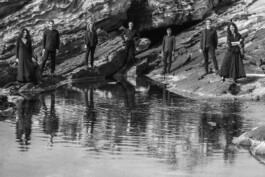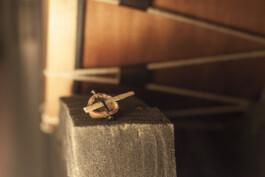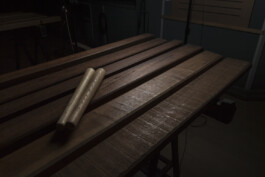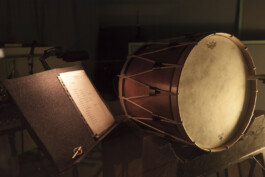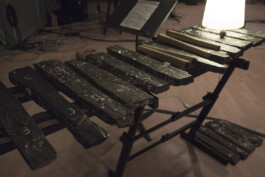Katia and Marielle Labèque are paying tribute to their roots interpreting a repertoire gathering works by Ravel around his Bolero with Hegiak ensemble and their basque percussions and voices.
“There are talks about my heart's stiffness. This isn't true. Though I am Basque and Basque people seldom confide, and in few people only. You would not believe with what regrets I left Saint-Jean-de Luz. I really felt this nostalgic impression only when I saw the ocean disappear first, then the Pyreneans. My country truly is one of the finest, the most beautiful I'd say! The sea is bordered by acacia trees! And soft green hills from the top of which fall the small balls of oaks trimmed à la Basque. And on the top of it all, the Pyreneans, magically mauve. Besides, there is the light. It is not the relentless sky of the other southern country. Here, its shine is delicate. It makes the folks agile, elegant and their joy isn't vulgar. Dances are light, voluptuous without excess. Although very practiced, religion itself intertwines with a hint of skepticism.”
—MAURICE RAVEL
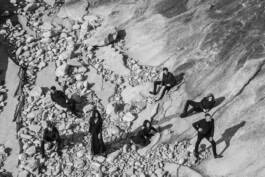
Katia et Marielle Labèque - Ravel Bolero - Jazz in Marciac 2017
« Le Bolero de Ravel comme vous ne l’avez jamais entendu ! »
—LE FIGARO
“The Labèque sisters played a a scintillating piano four-hand rendition of Ravel’s Ma mère l'Oye . In the five sections of the suite, there was unforced beauty and elegance in their playing, each finishing the other’s musical thought in complete synergy. The final 'Fairy Garden' was appropriately magical in its blazing glitters of rushing scales and tolling bells.”
—Truman C. Wang is Editor-in-Chief of Classical Voice
“The tone was set in the Labèques’ first offering: a hauntingly delicate, immaculately refined reading of Ravel’s Mother Goose Suite, in its original version for piano duo. This piece calls for featherweight fingers, and the sisters barely seemed to touch the keyboard.”
—Financial Times
